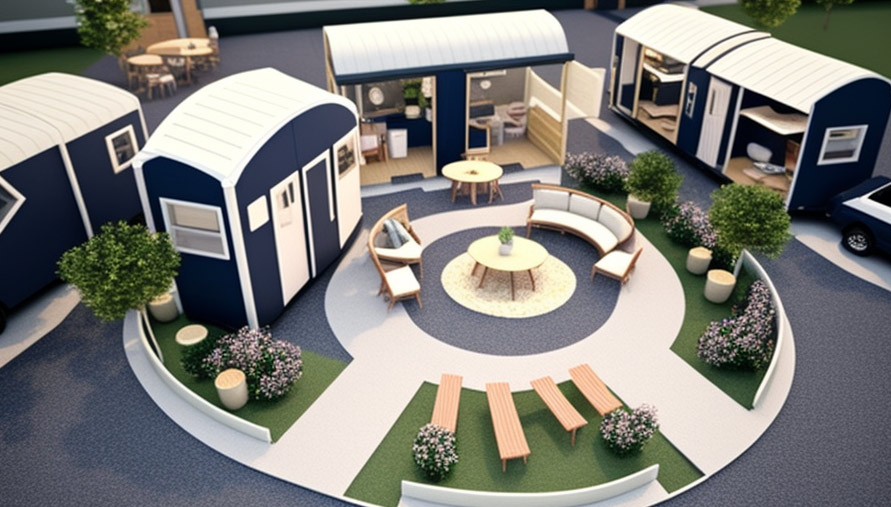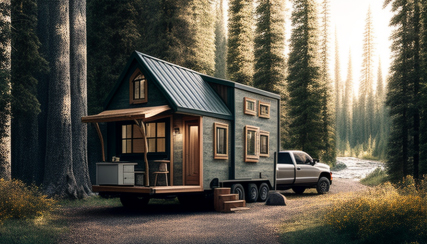Tiny houses are becoming an increasingly popular housing option for those looking to downsize and simplify their lives. However, financing a tiny house can be a bit more complicated than a traditional home purchase. In this article, we will explore the different options available for financing a tiny house and help you navigate the process.

Traditional Mortgages
One option for financing a tiny house is a traditional mortgage. However, not all lenders offer tiny home mortgages, as they are considered to be a unique type of property. It is important to do your research and find a lender that specializes in tiny house financing.
When applying for a traditional tiny home mortgage for a tiny house, you will need to provide the same documentation as you would for a traditional home purchase. This includes proof of income, credit score, and a down payment. The down payment required for a tiny house mortgage may be higher than for a traditional home, as the property is considered to be a higher risk.
Personal Loans
Another option for financing a tiny house is a personal loan. Personal loans can be obtained through banks, credit unions, and online lenders. However, like traditional mortgages, not all lenders offer personal loans for tiny houses.
When applying for a personal loan, you will need to provide proof of income, credit score, and a down payment. The interest rate on a personal loan may be higher than a traditional mortgage, but the application process is typically faster and more streamlined.

Owner Financing
Another option for financing a tiny house is owner financing. This is when the seller of the tiny house finances the purchase for the buyer. This can be a great option for those who may not qualify for a traditional mortgage or personal loan.
When using owner financing, the buyer and seller will need to come to an agreement on the terms of the loan, such as the down payment, interest rate, and length of the loan. It is important to have a lawyer review the agreement to ensure that it is legal and fair for both parties.
Rent-to-Own
Rent-to-own is another option for financing a tiny house. This is when the buyer rents the tiny house for a period of time and has the option to purchase the property at the end of the rental period.
When using rent-to-own, the buyer and seller will need to come to an agreement on the terms of the rental and purchase. The buyer will typically need to put down a deposit, which can be applied towards the purchase price of the tiny house.
Conclusion
Financing a tiny house can be a bit more complicated than a traditional home purchase, but there are options available. It is important to do your research and find a lender or seller that specializes in tiny house financing. Whether you choose a traditional mortgage, personal loan, owner financing, or rent-to-own, make sure to review the terms of the loan carefully and have a lawyer review any agreements.


